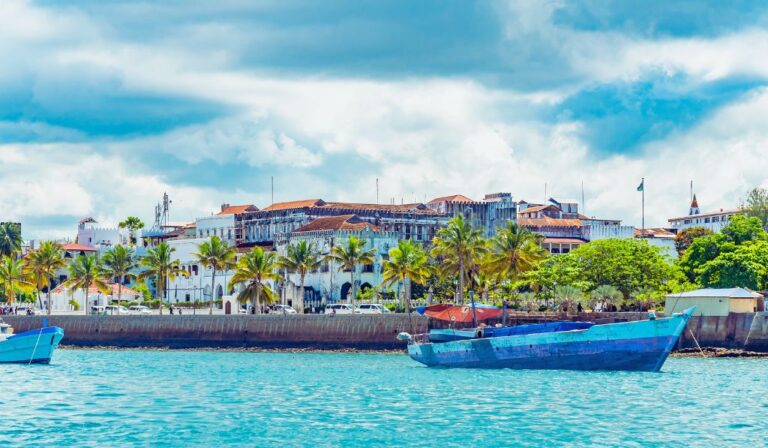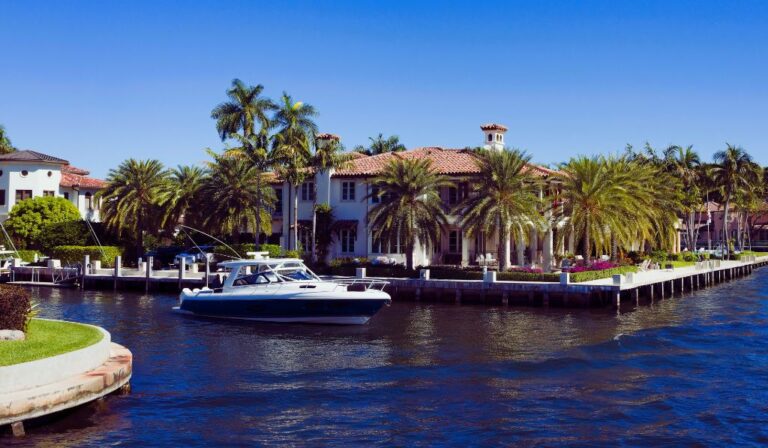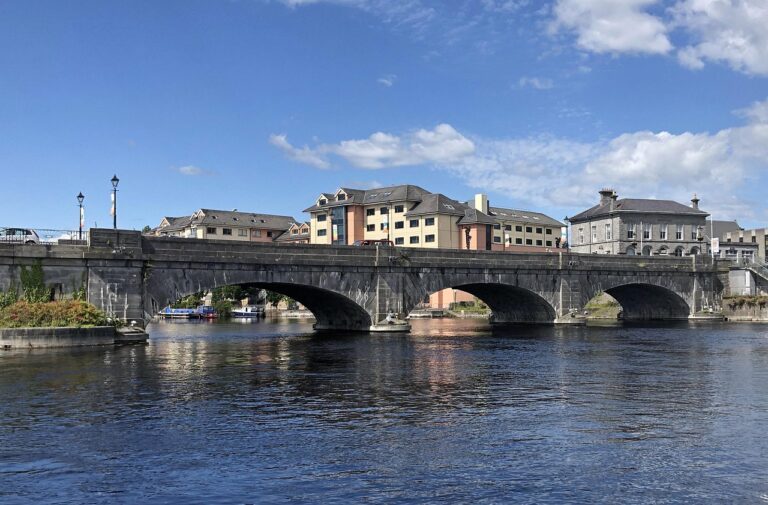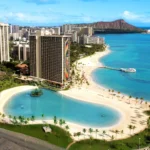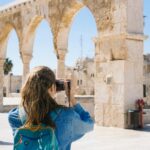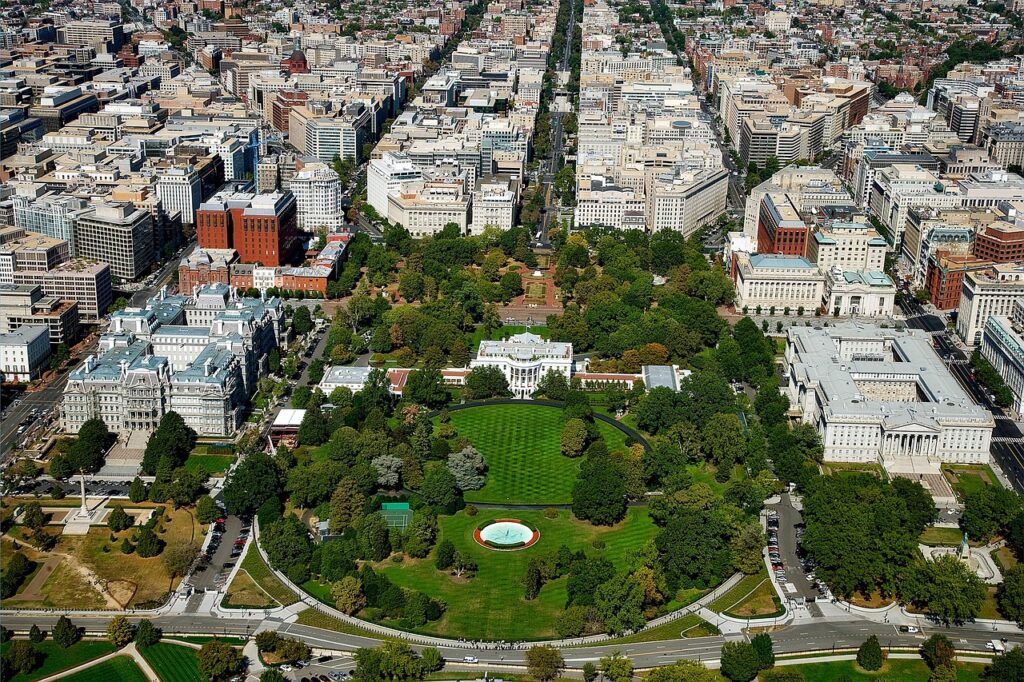
If you’re looking for the best things to do in Washington DC, you’re in for an unforgettable experience. This bucket list destination is packed with monuments, museums, and attractions, many of which are free—perfect for those traveling on a budget. When I took a trip to Washington, DC in the summer of 2019, I was beyond excited since it was my first time visiting. My uncles suggested meeting for a week, and we couldn’t say no! Whether you’re drawn to historical sites, amazing restaurants, or lively city life, DC has something for everyone.
One of my favorite moments was getting a tour of the White House, a surprise arranged by my uncle. Walking through its monumental halls felt surreal, and I made sure to visit tons of sites, from famous landmarks to hidden gems you won’t hear about anywhere else. Even though we are not Americans, we found DC’s history fascinating, and every corner of the city had a story to tell.
If you’re planning a once-in-a-lifetime experience in Washington DC, knowing where to go and how to do it right is key. This guide will walk you through the must-visit locations, expert tips, and the best things to explore while ensuring your perfect trip. Keep reading to uncover the experiences that make DC so special!
Table of Contents
ToggleIs the DC Tourism Pass Worth It?
Many travelers consider tourism passes to save money on multiple attractions. If you have a packed itinerary, these passes can be useful by giving you skip-the-line access and reducing costs on popular sights. In some cities, they are a great deal, but Washington, DC is different. Since most of its top sites, including Smithsonian museums, are free, you might not need a pass at all.
Surprisingly, 86% of this list consists of free things to do—that’s 20 out of 23 attractions at no cost! Unless there’s something you’re dying to do that requires a paid ticket, you probably won’t save much with a pass. Instead of worrying about passes, focus on enjoying everything DC has to offer, whether it’s a simple walk by the water features or taking in the city’s unique charm.
Getting Around Washington DC with Ease
One of the best things about DC is how easy it is to get around. The city is highly walkable, making it a great place to explore on foot. I loved strolling through its streets, discovering new places, and experiencing the lively atmosphere. However, if walking isn’t an option, there are plenty of public transport choices. The Metrorail system is an affordable and convenient way for visitors to move around, connecting all four quadrants of the city with suburban areas in Virginia and Maryland. For short distances, the Metrobus runs 1,400 eco-friendly buses across the surrounding area, making it another great option.
If you prefer private transport, you can rent a car, but be aware that driving in DC can be stressful due to traffic, expensive parking, and limited spaces. However, if you’re planning a day trip outside the city, renting a car might be worth it. I rented one in New Bern, NC, and drove along my Hamilton road trip route before dropping it off at the airport and taking an Uber into the city center. For those who prefer ride-share, both Lyft and Uber are available throughout the city.
For an active way to explore, bike and scooter rentals are widely used. Unlimited Biking has rental spots across DC, providing helmets, locks, and maps. Another great option is Capital Bikeshare, which has 350 stations in Virginia, Maryland, and DC, offering a free first 30-minute trip with small fees for extra time. The regional transit system in the DMV area also helps visitors explore beyond the city, with services like the Fairfax Connector, MARC train, and VRE train. I mostly walked during my trip, except when I took the metro to see my family and visit Udvar Hazy, and when I Went to the airport with my luggage for convenience.
Discovering the Best of Washington DC
When it comes to exploring a big city like Washington, DC, there is always something exciting to do. Whether it’s visiting museums, strolling through parks, or admiring outdoor art, there are plenty of free attractions to enjoy. During my travels, I often look for local shops and food trucks for a quick bite, but I also love the dining scene, especially at Michelin-starred restaurants. Unlike other cities, DC offers a unique mix of both expensive and budget-friendly activities. Although accommodations can be pricey, staying close to the action allows you to soak in the city’s hustle and bustle without missing a thing.
For those who enjoy an active lifestyle, the best way to see DC is by walking or going on a fun run along its running paths. If you’re short on time, the public transportation system is affordable and easy to navigate. You’ll find plentiful taxis and the occasional Uber to help you get around faster. One of my favorite ways to experience a new city is to visit its monuments, memorials, and top tours, and DC doesn’t disappoint. The mix of history, culture, and modern city life makes every visit feel fresh and exciting
Discovering Washington DC’s Top Attractions
Washington DC is a city filled with history, culture, and iconic landmarks. From famous memorials to museums and vibrant neighborhoods, there’s something for everyone to explore.
Iconic Government Landmarks in Washington DC
Washington DC is home to some of the most important government buildings in the United States. Visitors can explore historic sites like The Capitol, The White House, and the Library of Congress to learn about the nation’s political history.
A Look Inside The Capitol
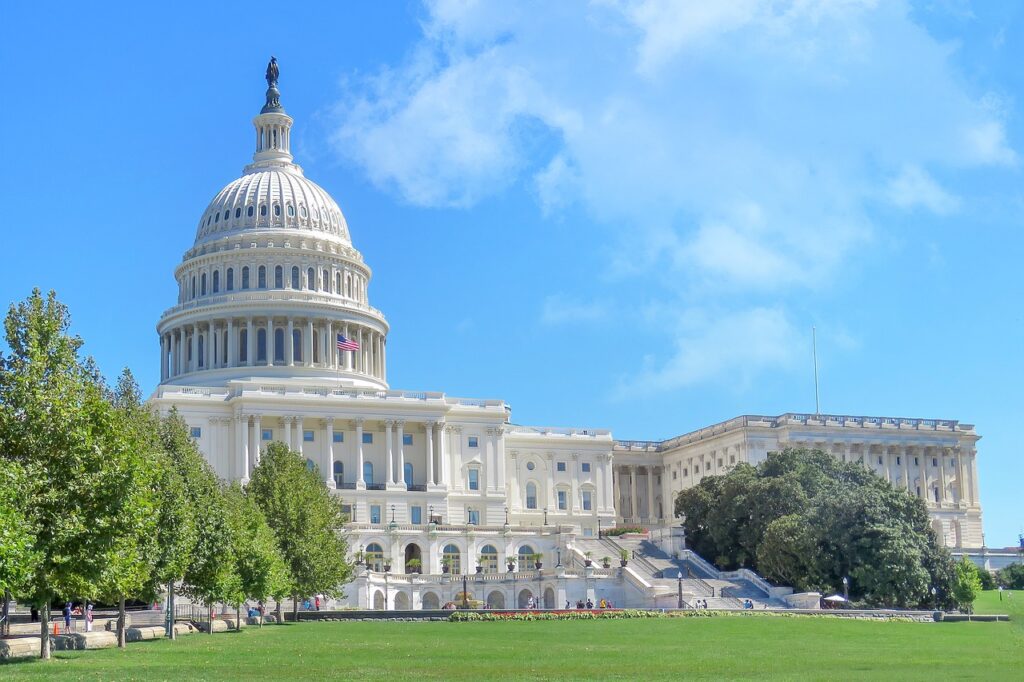
If you want to tour The Capitol, be sure to make reservations in advance, especially during peak season. When I visited in September, I was able to book a spot the day of, but I wouldn’t take the risk during busier months. Each tour starts in the visitor center with a 15-minute video about the history of the building. After that, a docent guides you through different areas, including the crypt, old Senate chambers, and the Supreme Court’s first meeting rooms. One of the most famous pictures you’ll see is from December 23, 1783, when George Washington stepped down as commander of the Army, setting the foundation for a republic instead of a monarchy. If you want to visit the gallery of the Senate or House, you’ll need special passes.
A Tour of The White House
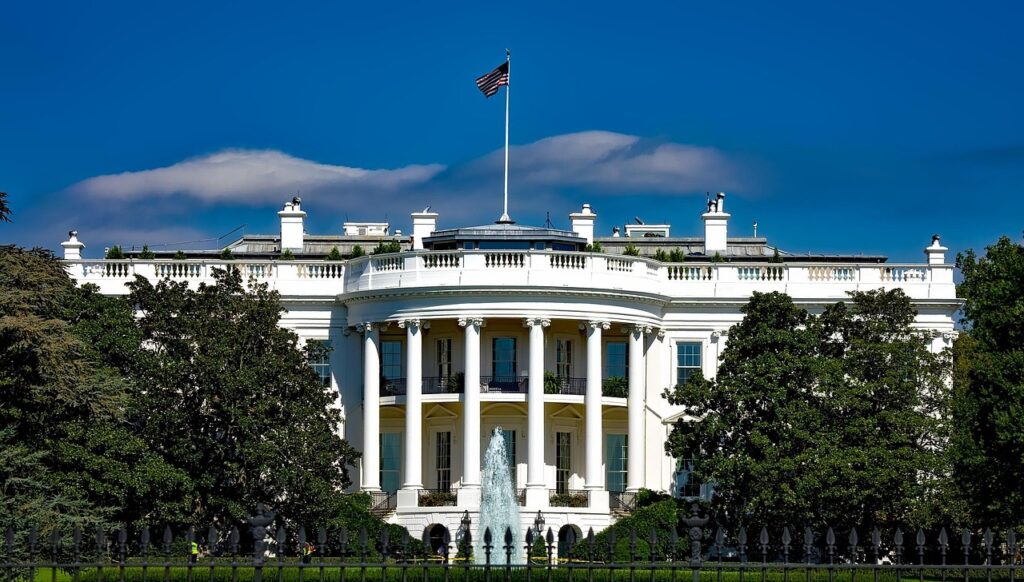
Seeing the White House in person was an unforgettable tour. The reservation process takes time, as you need approval for security and background checks. My uncle contacted his representative in Georgia, and after waiting for months, we finally received our passes! On the day of our visit, we had to arrive on time, as it took 45 minutes to go through four different lines of security. The self-guided tour covered the East Wing, where we could see rooms used by previous presidents and collections of gifts and memorabilia. I was surprised by the number of working dogs on site, but it was fascinating to watch them in action. Though we didn’t get to explore the West Wing, it was still an amazing experience.
Exploring the Library of Congress

The Library of Congress is one of the most impressive places in Washington DC, standing alongside the White House and The Capitol as a must-visit landmark. Known as one of the most beautiful buildings in the city, it offers a self-guided tour where visitors can admire its grand architecture. With a reservation, you can explore its famous reading room at specific hours, so be sure to line up your visit accordingly. The library also features exhibits, such as a photograph exhibit, and even holds Thomas Jefferson’s library.
The Library of Congress consists of three buildings—Jefferson, Madison, and Adams—but only the Jefferson building is open for public access. However, you can apply for a library card, which grants entry to the Reading Room and access to its research materials. The buildings are also connected by underground tunnels, making it easy to navigate. It only takes about 15-20 minutes to get your library card, but finding the right room can take a little extra time. I went there with a specific agenda—to listen to the Joe Smith recordings from the 80s, which feature interviews with famous musicians. Thanks to the knowledgeable librarians, I quickly found the archives and got to hear some rare audio pieces.
Touring the Pentagon
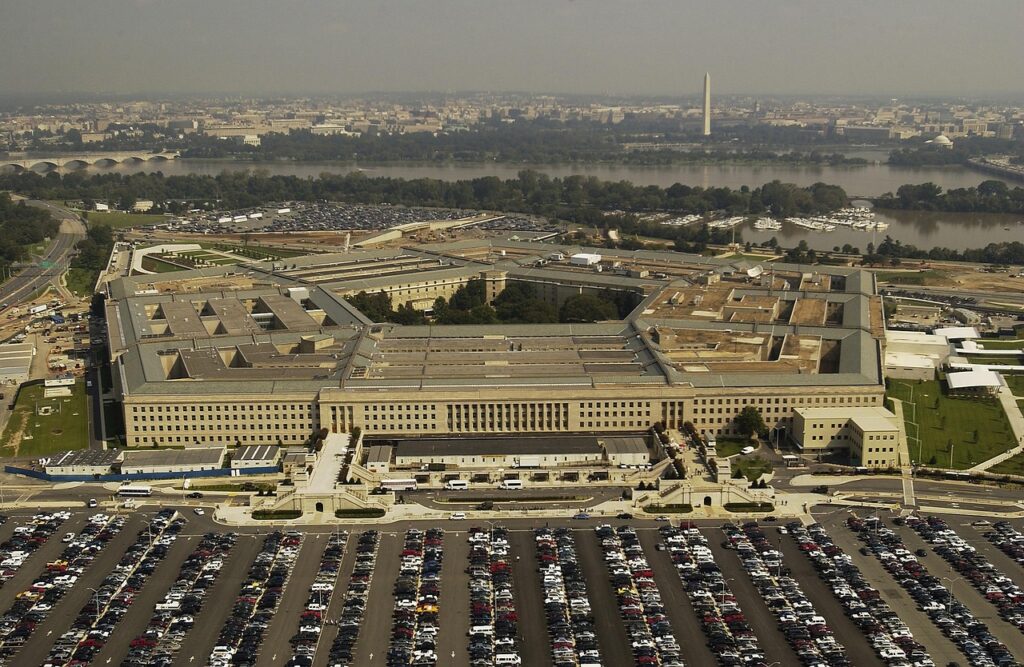
If you have extra time while in DC, consider adding the Pentagon to your list of tours. It is easy to access via the Metro, making it a convenient stop for travelers. While visitors are not allowed into restricted areas, the tour provides a fascinating look at the inner workings of one of the most secure buildings in the world. Walking through its halls, you get insight into the role the Pentagon plays in national security. For history and military enthusiasts, this is a cool tour to experience.
Washington DC’s Most Iconic Memorials and Monuments
The nation’s capital is filled with memorials and monuments that commemorate great leaders and historical events. From the Lincoln Memorial to the MLK Memorial, these landmarks offer a glimpse into America’s past.
Lincoln Memorial
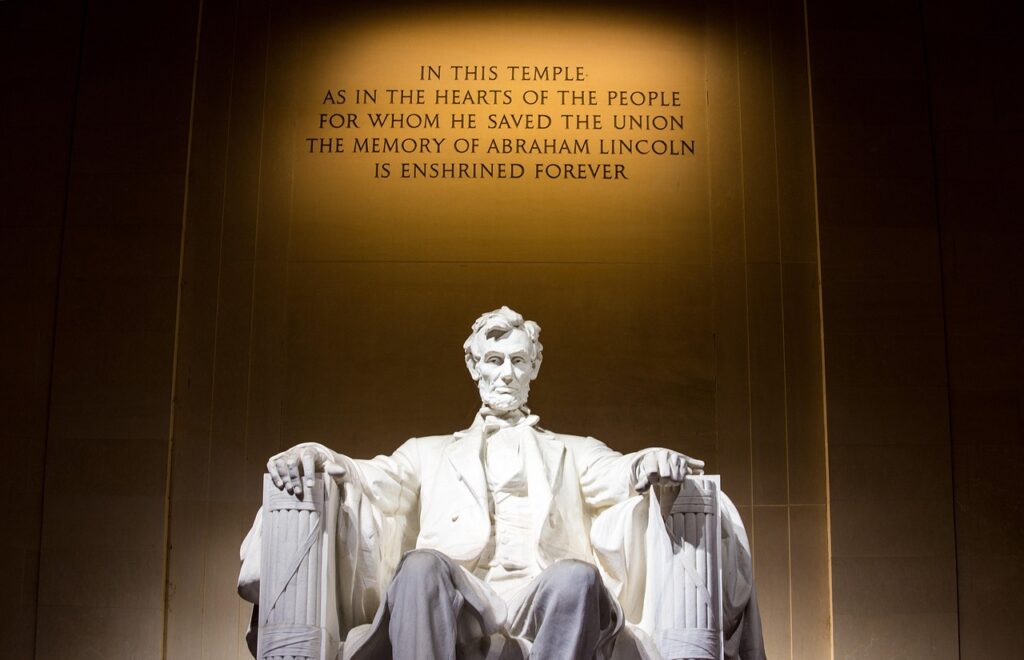
The Lincoln Memorial is a grand tribute to the 16th president, Abraham Lincoln. Built in the neoclassical style, the classical temple sits at the National Mall’s western end. The sheer size of Lincoln’s lifelike stone statue is striking, making this one of the most visited monuments in Washington DC.
Washington Monument
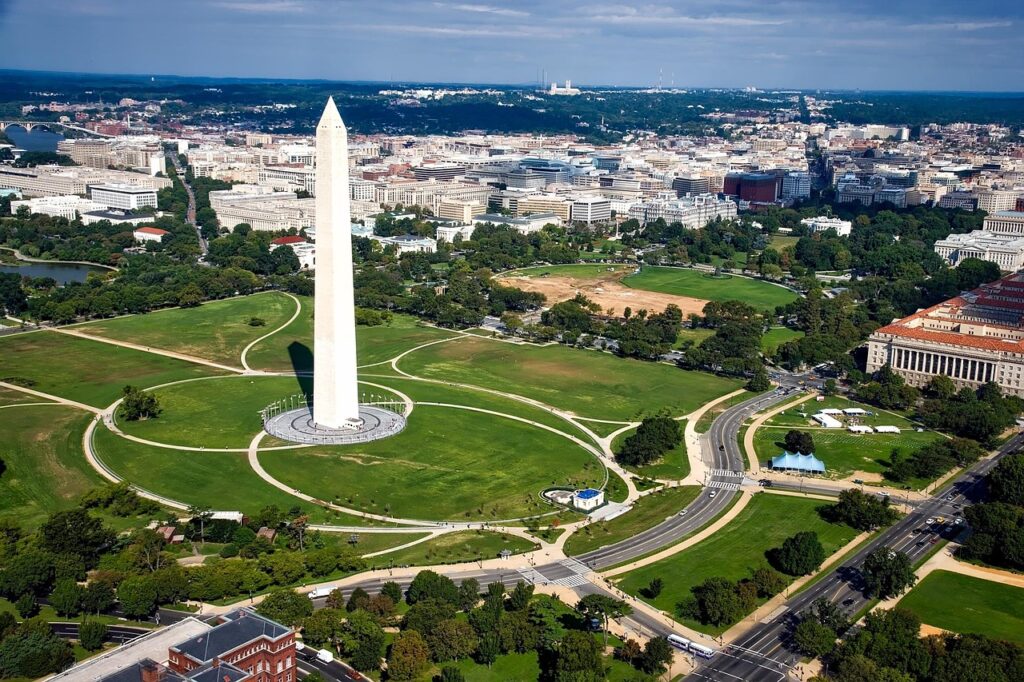
Standing tall at the National Mall, the Washington Monument is an obelisk built to commemorate George Washington. Located near the Reflecting Pool and the Lincoln Memorial, it is hard to miss. Visitors can enter with a ticket that costs $1, or they can get free, same-day tickets from the Washington Monument Lodge on 15th Street. Due to high demand, reservations are advised. Those sensitive to heights, enclosed spaces, crowding, or elevators should consider their comfort before visiting.
Thomas Jefferson Memorial

Built between 1939 and 1943, the Thomas Jefferson Memorial is dedicated to Thomas Jefferson and reflects his ideology and philosophy. Constructed in a neoclassical design, the structure is located in West Potomac Park along the Potomac River. Though slightly farther from the rest of the National Mall, the memorial is worth visiting. My appreciation for it grew after watching an actor portraying Jefferson at Colonial Williamsburg, which brought his legacy to life.
WWII Memorial

The World War II Memorial honors Americans who served as civilians and in the armed forces during World War II. Positioned between the Lincoln Memorial and Washington Monument, it features granite pillars adorned with bronze laurel wreaths, representing U.S. states and territories. The design includes triumphal arches symbolizing the Atlantic and Pacific battlefronts, surrounding a plaza and fountain. A wall of gold stars represents the fallen heroes.
MLK Memorial

The Stone of Hope, or MLK Memorial, honors Martin Luther King Jr., an influential leader of the Civil Rights Movement. The memorial’s name comes from King’s “I Have a Dream” speech, where he said, “Out of the mountain of despair, a stone of hope.” Located at 1964 Independence Avenue, S.W., the site commemorates the Civil Rights Act of 1964. It also offers a direct sightline to the Lincoln Memorial, where King delivered his speech in 1963.
Korean War Veterans Memorial
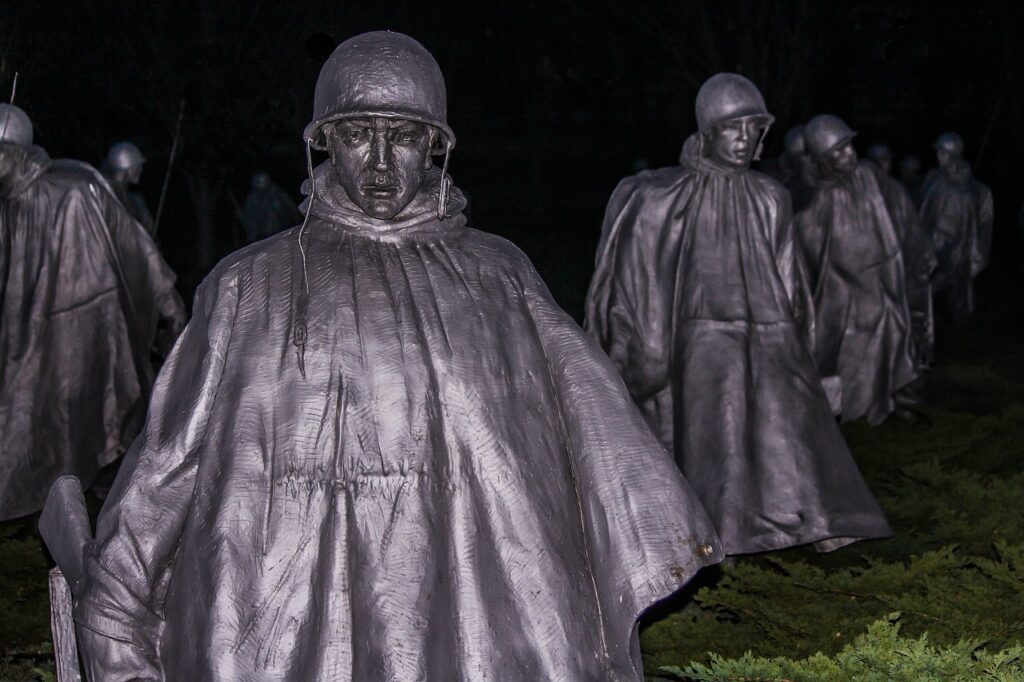
Located near the Lincoln Memorial, the Korean War Veterans Memorial honors soldiers who served in the Korean War (1950–1953). The site features 19 statues of U.S. military personnel, sculpted to appear eerily life-like. In 2022, the memorial was expanded to include a granite memorial wall engraved with the names of fallen soldiers, including South Koreans who fought alongside American troops.
Exploring the Best Museums in Washington DC
Washington DC boasts a rich collection of museums covering history, science, and culture. From the National Air and Space Museum to the National Museum of American History, there’s something for everyone to discover.
National Museum of the American Indian
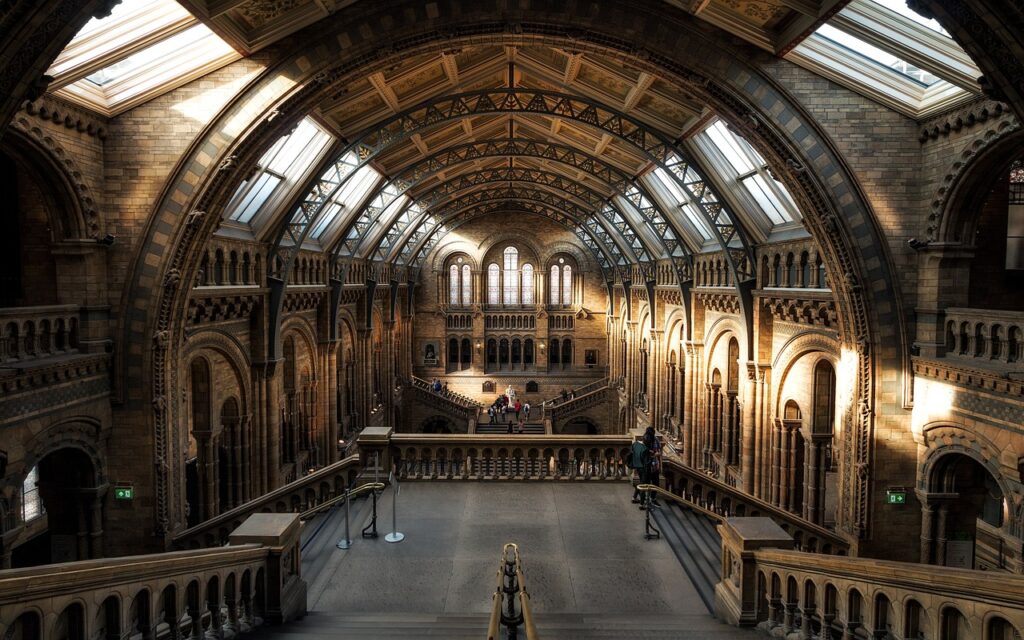
Dedicated to the Indigenous peoples of the Americas, the National Museum of the American Indian houses a vast collection of Native objects, photographs, and media from regions spanning the Arctic Circle to Tierra del Fuego. The museum’s curvilinear architecture and indigenous landscaping add to the immersive experience. Exhibits feature both older and newer artifacts, showcasing the progression of Native cultures over time.
National Air and Space Museum

Part of the Smithsonian, the National Air and Space Museum is dedicated to human flight and space exploration. It also serves as a research hub for aviation, planetary science, terrestrial geology, and geophysics. Its collection includes Apollo 11’s Columbia, Friendship 7 (flown by John Glenn), Charles Lindbergh’s Spirit of St. Louis, the Bell X-1, and the Wright Flyer by the Wright brothers. Many of these exhibits are suspended in the air, creating the illusion of flight.
Steven F. Udvar-Hazy Center
For aviation enthusiasts, the Steven F. Udvar-Hazy Center in Chantilly, Virginia, is an extension of the National Air and Space Museum. Located 30 to 45 minutes outside DC, the museum houses thousands of aviation and space artifacts inside massive hangars. Highlights include the Space Shuttle Discovery, Blackbird SR-71, and the Concorde. Visitors can reach the site by Metrorail, Uber, or Metrobus.
The United States Botanic Garden

One of the oldest in North America, the United States Botanic Garden highlights the fundamental value and diversity of plants. As part of the Smithsonian, it educates visitors on the aesthetic, cultural, economic, therapeutic, and ecological significance of plant life. The garden promotes sustainable practices through exhibits, tours, and programs. However, due to the humid conditions, it’s best to visit during the morning or evening to avoid peak heat.
National Gallery of Art
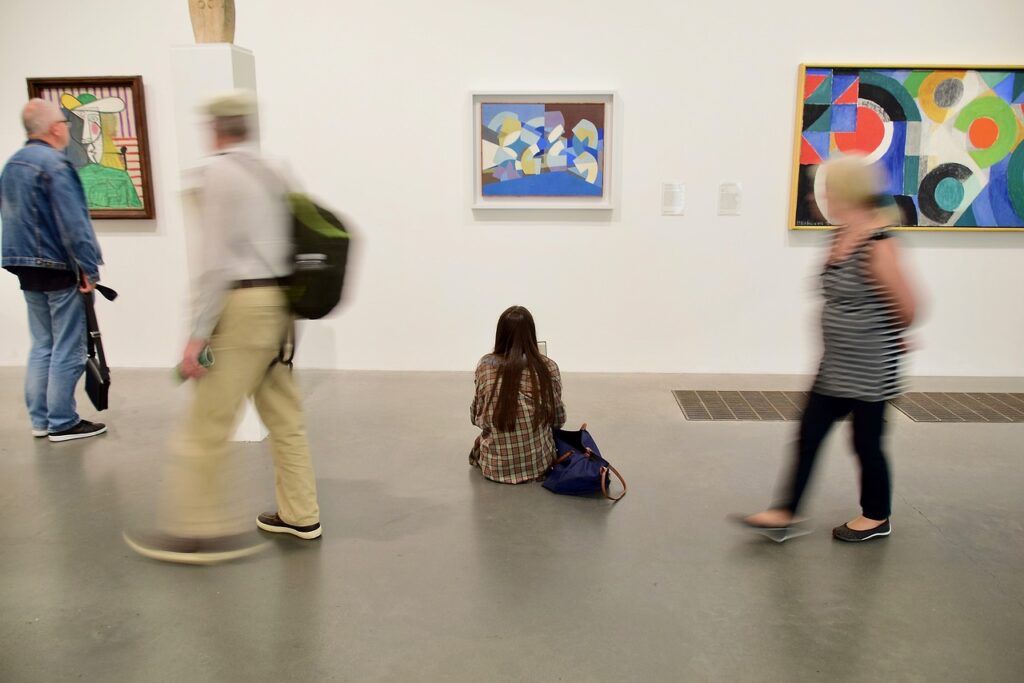
The National Gallery of Art is a renowned art museum in Washington DC, featuring a vast collection of paintings, drawings, prints, photographs, sculptures, medals, and decorative arts. It showcases Western art from the Middle Ages to the present, including the only Leonardo da Vinci painting in the Americas and a massive mobile by Alexander Calder. Visitors can admire masterpieces by Vermeer, Monet, Manet, Raphael, Rodin, Degas, Gauguin, and Picasso. If you prefer a modern twist, street art and urban-style murals are scattered across the city. However, if art doesn’t interest you, this might be a spot to skip.
Folger Shakespeare Library

The Folger Shakespeare Library houses the world’s largest collection of William Shakespeare’s printed works, surpassing even England’s archives. As an independent research library, it preserves rare materials from Britain and Europe’s early modern period (1500–1750). Established by Henry Clay Folger and Emily Jordan Folger, this institution offers scholarly programs, national outreach, and educational support for K–12 classroom teachers. While some sections are restricted to researchers, visitors can enjoy fascinating exhibits, attend theater performances, and participate in events throughout the year. Though there is no official tour, employees are insightful and eager to share knowledge.
International Spy Museum
The International Spy Museum offers an exciting deep dive into espionage history. This museum is relatively new and provides an interactive look into the real lives of spies. If you love spy films like Salt, you’ll enjoy how the exhibits blend intrigue with the real-world consequences of intelligence work. The interactive exhibits make it a fun and engaging experience for both adults and children. Visitors can test their skills and learn about secret missions, making this museum a unique addition to any DC itinerary.
George Washington’s Mount Vernon

A visit to Mount Vernon, the historic estate of George Washington and Martha Washington, is a step back in time. Located in Fairfax County, Virginia, along the Potomac River, this historical landmark offers guided tours of Washington’s 18th-century home, scenic gardens, and museum galleries that detail his life. Exhibits highlight his early career as a surveyor, his leadership in the Continental Army, his role in the French and Indian War, and his contributions to our nation’s founding. Special tours like the National Treasure Tour, inspired by National Treasure: Book of Secrets, and the Hamilton the Musical Tour, connecting Washington’s legacy to the Broadway show, add an entertaining touch. The site is accessible via public transport in about one hour or by car in 30 minutes.
More Unique Attractions in Washington DC
Washington DC has many hidden gems that visitors often overlook. If you have extra time, consider adding these extra things to your itinerary for a deeper look into history, government, and finance.
Treasury Building: A National Landmark
The Treasury Building, a National Historic Landmark, serves as the headquarters for the United States Department of the Treasury. This iconic structure is featured on the back of the ten-dollar bill. Tours are available for citizens and legal residents of the United States, but you must register in advance through your Congressional Office.
National Archives Museum: Home of Historic Documents
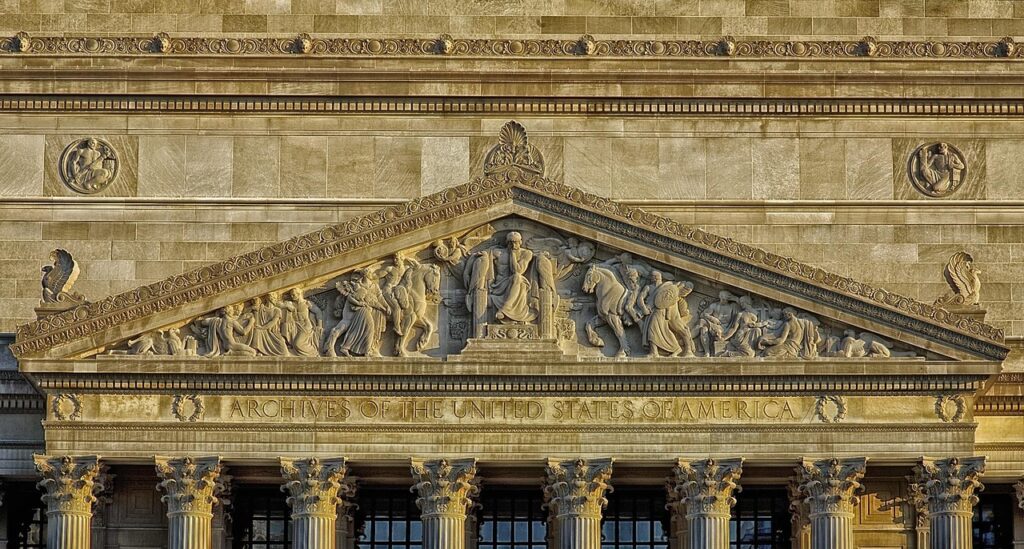
The National Archives Museum is where visitors can view the original Declaration of Independence, Constitution, and Bill of Rights. These historic documents are displayed in the Rotunda as part of the Charters of Freedom exhibit. If you haven’t seen them before, this is a must-visit spot to add to your itinerary.
Bureau of Engraving and Printing: The Making of U.S. Currency
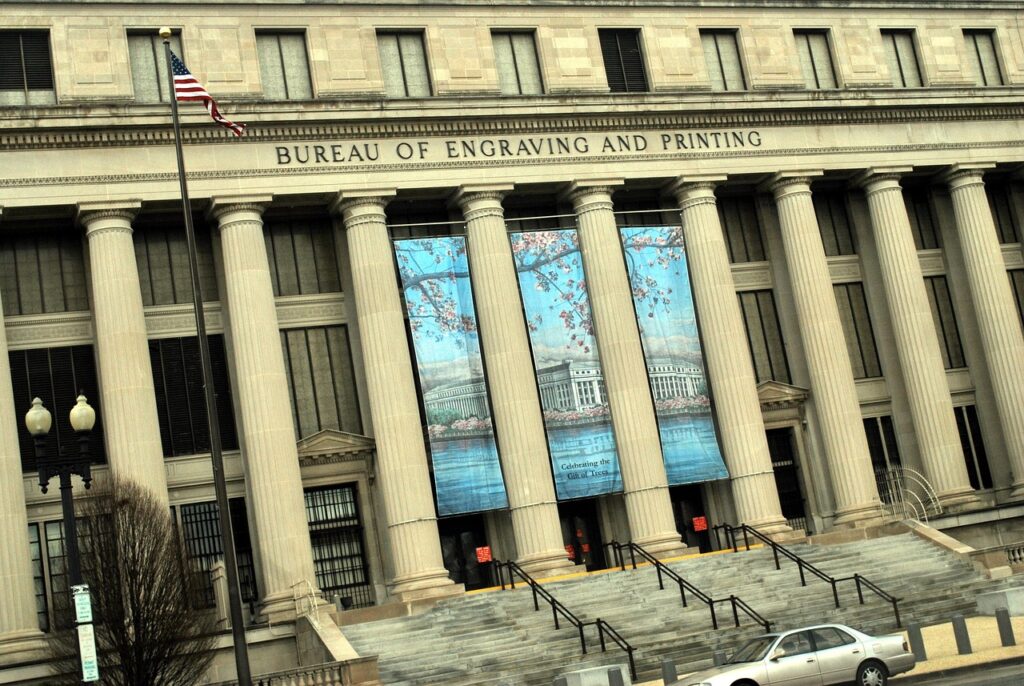
For those interested in finance and government operations, the Bureau of Engraving and Printing is a fascinating place to visit. This government agency, under the United States Department of the Treasury, designs and produces security products for the United States government. It is best known for printing Federal Reserve Notes, which are used by the Federal Reserve, the nation’s central bank.
National Postal Museum: The History of Stamps and Mail
The National Postal Museum is dedicated to the preservation, study, and presentation of postal history and philately—the study of stamps. It houses the largest and most comprehensive collection of stamps and philatelic material in the world, offering visitors a unique look into the evolution of mail and communication.
conclusion:
Washington DC is a city full of history, culture, and exciting places to explore. From iconic memorials and museums to hidden gems, every corner has a story to tell. The best part? Many of these attractions are free, making it a great destination for travelers. Whether you’re walking through the National Mall, visiting the Smithsonian museums, or taking a tour of The White House, there’s something for everyone. If you have extra time, don’t miss places like the International Spy Museum or Mount Vernon for a deeper dive into history matter your interests, Washington DC offers a mix of experiences you won’t forget. Plan, explore at your own pace, and enjoy everything this incredible city has to offer
FAQS:
Q: What is free in Washington DC?
A: Washington DC has many free attractions, making it a great destination for budget travelers. Some of the best free things to do include visiting the Smithsonian museums, exploring the National Mall, walking through historic memorials like the Lincoln Memorial and Washington Monument, and touring the Library of Congress. You can also enjoy the Tidal Basin, explore outdoor art installations, or attend free events and festivals throughout the year.
Q: What famous sites in Washington DC do you know?
A: Washington DC is home to iconic landmarks and historical sites. Some of the most famous places to visit include The White House, The Capitol, The Lincoln Memorial, The Washington Monument, The National Archives Museum, and the Smithsonian Museums. Other must-see spots are the World War II Memorial, The National Gallery of Art, The International Spy Museum, and Mount Vernon.
Q: What to do in DC in 2 days?
A: If you only have two days in Washington DC, focus on the must-see attractions.
- Day 1: Explore the National Mall, visit The White House, tour The Capitol, and see major memorials like the Lincoln Memorial and MLK Memorial. End the day at a local restaurant.
- Day 2: Visit the Smithsonian museums, such as the National Museum of American History or the Air and Space Museum. If time allows, check out the International Spy Museum or Mount Vernon for a different experience.
Q: Is DC a busy city?
A: Yes, Washington DC is a busy city, especially in tourist-heavy areas like the National Mall, The White House, and Smithsonian museums. Peak seasons, such as spring (Cherry Blossom season) and summer, bring large crowds. However, the city also has quieter spots like Rock Creek Park or Georgetown’s waterfront where you can enjoy a more peaceful atmosphere.
Q: How can I visit DC without walking?
A: If you prefer not to walk, there are plenty of ways to get around Washington DC:
- Metrorail & Metrobus – Affordable and convenient public transportation covering all major attractions.
- Hop-on Hop-off Bus Tours – A great option for sightseeing without too much walking.
- Scooter & Bike Rentals – Services like Capital Bikeshare and Unlimited Biking offer easy access to bikes and scooters.
- Ride-sharing & Taxis – Uber, Lyft, and taxis are widely available.
- Boat Tours & Water Taxis – A scenic way to explore DC, especially around the Potomac River.

